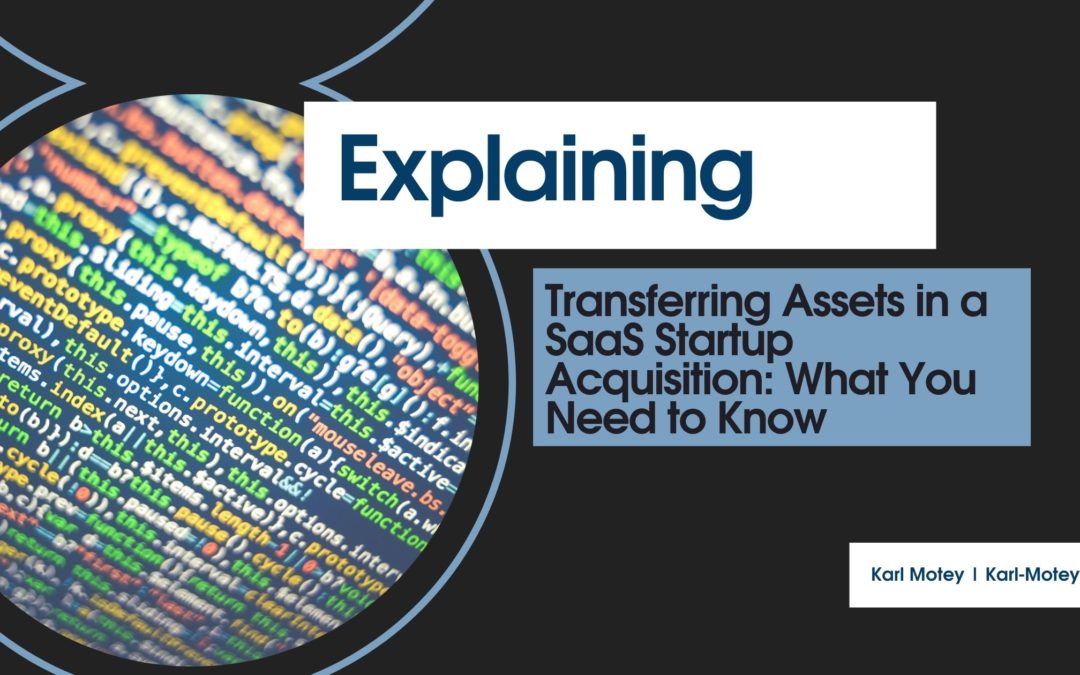There are many different ways for a business to earn money, even in the early years. One tried, and true approach is by transferring assets in a SaaS startup acquisition.
SaaS, or Software as a Service, is another term for cloud-based software. In other words, when a business acquires SaaS – it’s acquiring IP (intellectual property), patents, customer data, or domain information. Sometimes it can be a combination of all of the above.
In other words, SaaS frequently exists entirely in digital format. This makes largescale data collection and storage more straightforward, though it increases security risks. These are but two of the concerns to discuss during an acquisition and transfer.
Security
Whether one is about to transfer SaaS or already has it in their possession, it is critical to follow specific safety standards to protect that information. Step one should always be controlling who does and does not have access to this data. This includes securing the data via network controls to prevent data breaches.
When it comes to transferring assets, the security protocols shouldn’t be all that different – the data within deserves the same level of protection as data already in storage. The most significant difference in this instance would be the mobile aspect.
Know the Legality of the Situation
Occasionally, the transferring of data and IP can get a bit more complicated. Intelligible assets, by their very nature, tend to be hard to qualify. In the cases of intellectual property, trademarks, and patents, it is critical for a business to define ownership clearly.
Thus, seeking legal counsel before approaching an acquisition is the right call for any business. It protects the company as a whole, smooths out the transition process, and can even protect the secondary company involved.
A lawyer is essential in this process, as they will clearly define who owns what, which will clear up any confusion down the road. This protects both companies, as well as the data in question.
Transparency
When preparing for the transferring of assets, it is critical to train employees on the proper protocol and changes that will come with it. Thus, a certain level of transparency is to be expected.
In other words, employees can’t know to follow a different set of rules if they aren’t informed of changes. Likewise, their investment may not be as high if they don’t understand the need for these changes.
